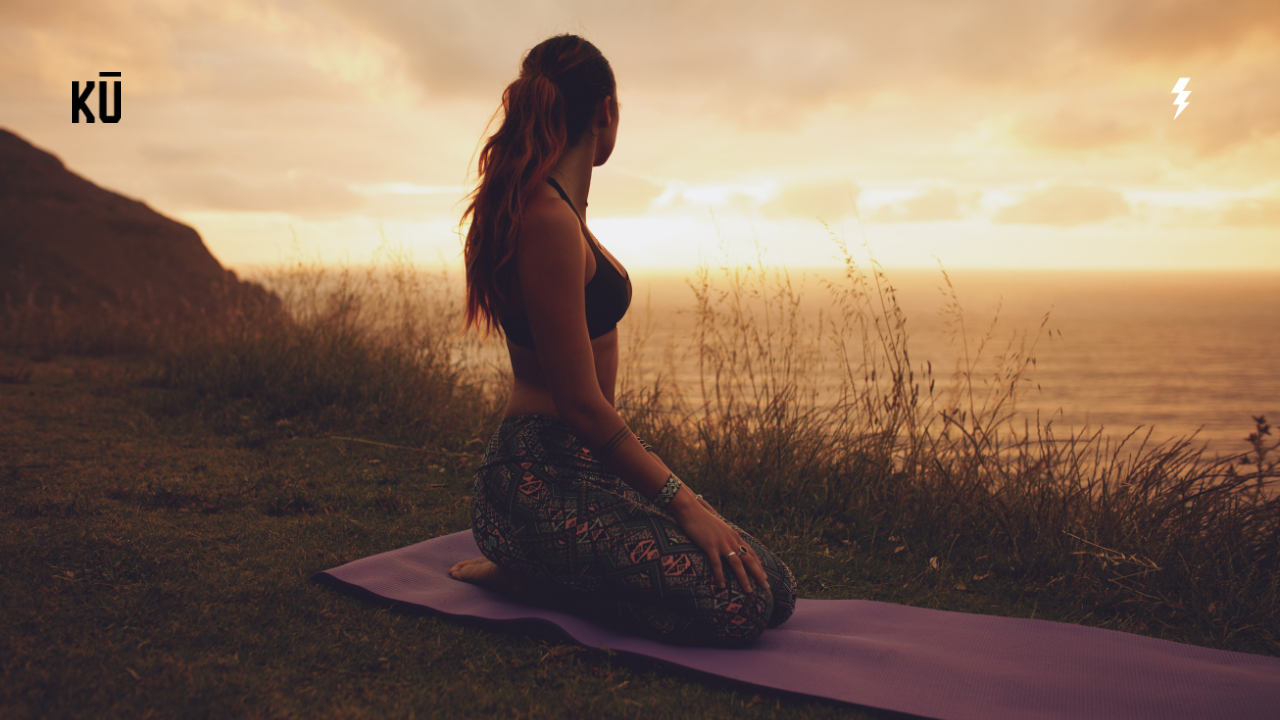The Art of Holding Space for Yourself

We often hear the phrase “hold space” in conversations about leadership, relationships, or emotional support.
But what about holding space for yourself?
In a time that rewards constant output and external validation, learning to hold space for your own inner life is both a radical and necessary act. It is also a practice—one that builds presence, resilience, and grounded confidence from the inside out.
What Does It Mean to Hold Space for Yourself?
At its core, holding space means creating a mental, emotional, and even physical container where all parts of your thoughts, emotions, and body sensations are allowed to exist without judgment or suppression. It is not the same as wallowing or ruminating. It is not about fixing or forcing.
It is about listening.
Breathing.
Allowing.
It is about saying: “For this moment, I will be with myself as I am.”
Stand tall.
Stand as you are.
Why It Matters
1. Mental Health and Emotional Regulation
Research regularly shows that avoidance or suppression of emotions leads to greater psychological distress. A study published in the Journal of Personality and Social Psychology (Gross & Levenson, 1997) found that suppressing emotions doesn't just increase physiological stress responses (heart rate, blood pressure), but it also reduces authentic social connection.
On the other hand, allowing emotions to arise with mindful awareness promotes resilience and well-being.
Another study in Behavior Research and Therapy (Campbell-Sills et al., 2006) demonstrated that individuals trained to accept their emotions, rather than avoid them, reported lower anxiety and depressive symptoms.
Holding space is this practice in action: a way to cultivate emotional flexibility and resilience.
2. Performance and Decision-Making
Leaders and high performers who lack emotional awareness often fall prey to reactive decisions, burnout, or strained relationships.
A 2018 meta-analysis in Frontiers in Psychology (Mesquita & Boiger) highlights that emotional intelligence, including the ability to process one’s emotional states, is strongly connected with effective leadership and interpersonal outcomes.
Holding space for yourself sharpens this capacity.
When you can sit with your discomfort, fears, or doubts without immediate reaction, you build the muscle of the pause, and in that pause lies your greatest leadership strength.
3. Physical Health
Chronic suppression of emotional states is linked to increased allostatic load, which is the wear and tear on the body caused by prolonged stress exposure.
In their research on allostatic load, McEwen & Stellar (1993) showed that unprocessed emotional stress contributes to immune dysfunction, cardiovascular risk, and metabolic disorders.
By holding space for yourself regularly, through breathwork, reflection, or stillness, you engage your parasympathetic nervous system (the “rest and digest” state), reducing allostatic load and promoting recovery.
How to Practice Holding Space for Yourself
1. Create Time for Intentional Stillness
This doesn’t need to be long or elaborate. Start with 5-10 minutes where your main intention is to be with yourself. No distractions. No agenda. Just presence.
You can sit or lie down comfortably. Close your eyes and begin with 4-second inhale, 6-second exhale breathing.
Then, simply observe, or in Hawai'i we say, kilo:
- What sensations are in your body?
- What thoughts arise?
- What emotions are present?
You are not required to change or fix anything. You are practicing allowing, with gentle awareness.
2. Journal With the Curiosity of Aloha
Writing can be a powerful extension of holding space.
Prompt yourself with questions like:
- What is alive in me right now?
- What am I avoiding feeling?
- What part of me needs attention today?
Write without editing or judgment. Just write. The goal is not to produce something profound, it is to make space on the page for what is within.
3. Use Movement as a Container
For some, stillness can feel overwhelming at first. In this case, gentle movement, walking, yoga, breath-led mobility, and weight training can serve as an embodied way to hold space.
Focus less on achieving a certain physical outcome and more on using the movement to stay present with your internal state.
- How does the body feel today?
- What shifts as you move?
This is another doorway into self-connection.
Why This Matters in KŪ Circle
At KŪ Project, we often speak about strength, presence, and performance, but true strength is not built on endless doing. True presence is not built on external image. True performance is not sustainable without inner connection.
Holding space for yourself is a core practice that supports all three:
- It teaches you to stay with discomfort — building resilience.
- It cultivates emotional awareness — deepening presence.
- It lowers nervous system strain — enhancing long-term performance.
Final Words
You do not need permission to hold space for yourself. You do not need to earn rest or reflection. You do not need to fear what arises when you slow down. Every grounded, confident leader you admire likely has this practice, in some form, beneath the surface of their strength.
Start small.
Breathe.
Listen.
And watch what unfolds when you learn the art of holding space, first for yourself, and then for the world around you.
Stand as Your Are.






